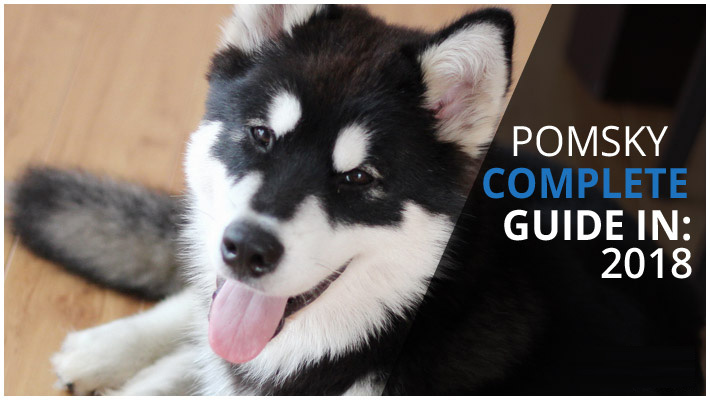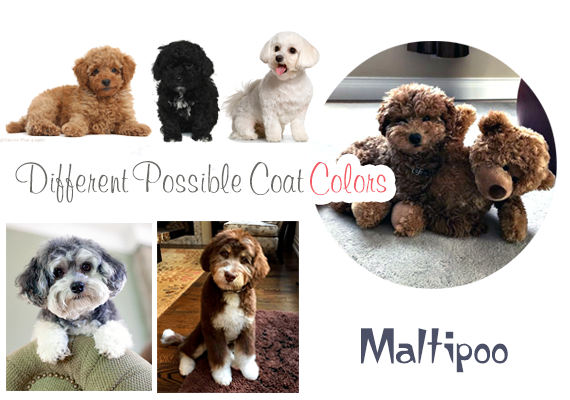From tiny Terriers to giant Great Danes, dogs come in all shapes, sizes, and personalities. But what truly sets one breed apart from another are the dog breed traits they’ve developed over centuries of breeding for work, companionship, and function. These distinct characteristics make each breed not only special but also suited for particular roles and lifestyles.
In this article, we’ll explore 15 fascinating dog breed traits and features that showcase the incredible diversity among canines. Whether you’re a lifelong dog lover or just curious about what makes different breeds tick, this list dives into the most remarkable traits of dog breeds you may not have known existed.
What Are Dog Breed Traits?
Dog breed traits refer to the consistent physical and behavioral characteristics passed down through generations within a breed. These traits may include:
- Coat texture
- Body structure
- Intelligence
- Scenting ability
- Vocal patterns
Understanding these dog breed features helps potential owners choose a pup that fits their lifestyle and care capabilities. Additionally, knowing these traits aids pet owners in selecting the right pets that align with their living conditions and activity levels.
Most breeds were originally bred for specific tasks—herding, guarding, hunting, or companionship. As a result, dog breed characteristics vary widely between working breeds, sporting dogs, scent hounds, toy breeds, and non sporting dogs.
15 Unique Dog Breed Traits & Features
1. Webbed Feet in Labrador Retrievers
Labradors were originally bred as waterfowl retrievers, and their webbed feet help them swim efficiently. This trait also makes them one of the best dogs for dock diving and water rescue work. Their good-natured personality also makes them one of the most popular dog breeds in the world.
2. Blue-Black Tongue in Chow Chows & Shar-Peis
One of the most distinguishing dog breed traits, the blue-black tongue found in these purebred dogs is likely linked to ancient genetics and gives them a truly unique appearance.
3. Double Dewclaws in Great Pyrenees
These heavy boned, muscular working dogs have double dewclaws on their hind legs—a functional trait that helps them climb rough terrain while guarding livestock. Their calm temperament makes them good guard dogs as well.
4. The Herding Eye in Border Collies
This intense stare, often called “the eye,” is used to control sheep and other animals with minimal movement. It’s a behavioral trait refined through generations of herding work.
5. Talkative Nature of Siberian Huskies
Vocal breeds like Huskies might also be the type to howl at sirens due to ancestral communication instincts.
Unlike barking, Huskies are known for their vocalizations that include howls, chirps, and “talking.” This sociable trait reflects their pack-dog heritage and is common in breeds with big personalities and high physical activity needs.
6. Naturally Docked Tails in Australian Stumpy Tail Cattle Dogs
Unlike breeds that have their tails docked surgically, this particular breed is naturally born with a short tail. It’s a trait bred for herding efficiency and injury prevention.
7. Long, Drooping Ears in Basset Hounds
Those long ears aren’t just for show—they help drag scent particles toward the nose, enhancing the dog’s tracking ability. Basset Hounds are prime examples of scent hounds with deep behavioral instincts.
8. Corded Coats in Pulis & Komondors
These purebred dogs sport natural dreadlock-like coats designed to protect them from harsh weather and predators while guarding flocks.
9. Lion-Like Mane in Tibetan Mastiffs
This thick mane is common among mastiff breeds, providing insulation and protection. As with many other breeds, their traits are linked to their original purpose.
10. Hairless Skin in Xoloitzcuintlis (Mexican Hairless Dogs)
Known for its lack of fur, this breed is a low-allergen pet. Its skin made it sacred to ancient humans like the Aztecs. Toy and small dogs like these require less grooming but still need warmth.
11. Hackney Gait in Miniature Pinschers
These toy breeds have a high-stepping walk known as a “hackney gait.” It gives them a proud, energetic look and reflects their terrier-like confidence.
12. Scent-Tracking in Bloodhounds
Bloodhounds can follow scent trails days old. Their ultra-sensitive noses and wrinkled skin trap scent particles. They are among the best dogs for search and rescue.
13. Curled Tail in Shiba Inus & Akitas
A curled tail is a dog breed feature of these Japanese breeds. The Akita, in particular, is known for its loyalty and can be a good guard dog with proper training.
14. Barrel Chest in Bulldogs
The barrel chest gives Bulldogs a low center of gravity—once used in bull-baiting. Their short legs and muscular build can make exercise difficult, and many are prone to breathing issues.
15. Extra Toes in Norwegian Lundehunds
This rare breed has six toes per foot, helping it climb cliffs in Norway to hunt puffins. It’s a perfect example of dog breed characteristics evolved for specific tasks. This rare adaptation puts the Lundehund among the rarest dog breeds in the world.
Coat Types and Grooming Needs
Dog breeds come in a variety of coat types, each with its own grooming requirements:
- Curly Coats: Poodles, Bichon Frise – require regular grooming
- Short Coats: Bulldogs, Pugs – minimal grooming needed
- Double Coats: Golden Retrievers, Akitas – heavy shedding, regular brushing
- Long Coats: Shih Tzus, Yorkshire Terriers – daily grooming needed
Some breeds, like the Cocker Spaniel and Springer Spaniel, also require trimming and stripping to maintain their breed standard. Regular grooming prevents skin problems and strengthens the bond between dog and owner.
Why Dog Breed Traits Matter
Just like how dogs roll on their backs for submission or comfort, many behaviors tie back to genetics and temperament.
Dog breed traits aren’t just cosmetic—they reflect the purpose each breed was created for. From herding animals, guarding homes, or keeping humans company, these traits highlight centuries of partnership.
- German Shepherds: bred for herding, now serve in police and service roles
- Shih Tzus, Cocker Spaniels: bred as affectionate lapdogs
Training is key to managing these traits, especially in toy breeds or working dogs. Organizations like the American Kennel Club (AKC) define breed standards to preserve these traits. Understanding them also helps avoid health issues like hip dysplasia in heavy-boned dogs.
Choosing a Dog Based on Traits
Choose a dog based on its behavior, temperament, and needs—not just looks. Consider:
- Energy Level: Working breeds like Golden Retrievers need regular exercise
- Grooming Needs: Toy breeds, Poodles, Afghan Hounds need regular grooming
- Size & Space: Beagles may suit apartments; Great Danes need room
- Temperament: Terriers are bold; French Bulldogs are more relaxed
- Training Needs: Some breeds enjoy training more and need mental stimulation
Whether working with breeders or adopting, align your lifestyle with the right traits. Always get your puppy from a reputable source.
Summary
From webbed feet to scent-trapping ears and extra toes, these 15 dog breed traits and features highlight just how specialized and diverse dogs truly are. Each characteristic tells a deeper story—one of evolution, purpose, and the unique bond between dogs and humans.
From their unique build to how dogs sleep in weird positions, breed traits influence much of their behavior. Whether you’re captivated by the elegance of an Afghan Hound or the utility of a Labrador, understanding dog breeds traits enhances your appreciation of every pup.
For more breed insights, behavior tips, and expert-backed dog advice, visit us at The4Legged.com.
Next time you meet a dog—purebred or mixed—look closer. You may find a trait with a fascinating backstory.
FAQs
What are dog breed traits?
Dog breed traits are consistent physical or behavioral characteristics passed down through generations. These may include coat type, size, vocal tendencies, herding instincts, energy levels, and more. They help define how each breed looks, acts, and interacts with people and other animals.
Can dog breed features affect behavior?
Yes, absolutely. Many breed-specific traits are closely linked to behavior. For example, herding breeds like Border Collies may attempt to herd children or other pets, while scent hounds like Bloodhounds are driven to follow smells. These tendencies are a product of generations of selective breeding for specific roles.
Are some traits linked to health concerns?
Yes. Physical traits can sometimes lead to breed-specific health issues. Brachycephalic (short-nosed) breeds like Bulldogs often suffer from breathing difficulties. Breeds with long backs, such as Dachshunds, are more prone to spinal problems. It’s important to research a breed’s potential health challenges before adoption.
How do I choose a breed based on traits?
Begin by considering your lifestyle, activity level, living space, and experience with dogs. Match those factors to the breed’s size, grooming needs, energy level, and temperament. Choosing a breed based on traits—rather than just appearance—can result in a more harmonious match.
Can mixed breeds have these traits?
Yes, mixed-breed dogs often inherit traits from both parent breeds. This can result in a unique combination of features and behaviors. While they may not always conform to breed standards, mixed-breeds can still display strong tendencies in temperament, energy, or coat type that reflect their lineage.



